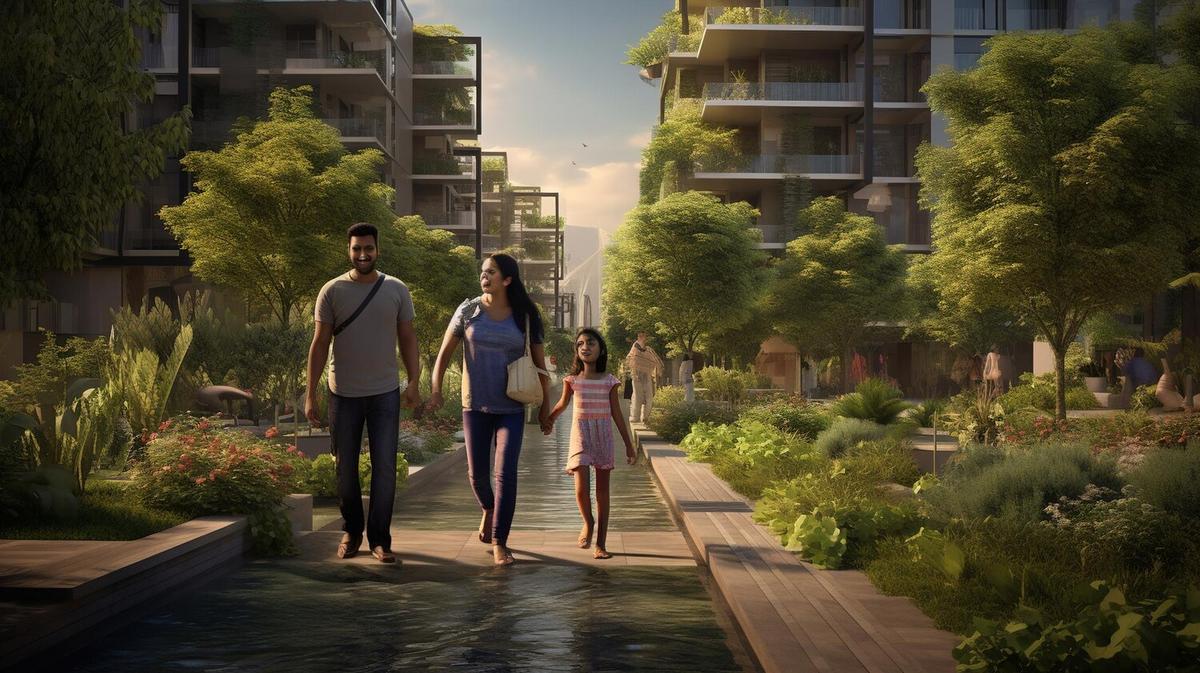
Affordable Housing in Eco-Friendly Urban Areas
The concept of affordable housing in eco-friendly urban areas is not just a dream for the future; it is becoming a reality in many cities around the world, driven by the urgent need for sustainable living solutions that cater to diverse populations.
The journey towards creating affordable housing in eco-friendly urban areas is an essential aspect of sustainable urban development. As cities grow, the demand for housing that is both environmentally sustainable and financially accessible is becoming more pressing. A report by the United Nations indicates that urban areas are responsible for over 70% of global CO2 emissions, highlighting the importance of integrating eco-friendly practices in urban planning.
Understanding Affordable Eco-Friendly Housing
Affordable housing refers to housing units that are affordable by that section of society whose income is below the median household income. Eco-friendly housing, on the other hand, incorporates sustainable practices such as energy-efficient appliances, renewable energy sources, and sustainable building materials. Combining these two elements can help create living spaces that are both affordable and environmentally responsible.
Expert Insights
“Sustainable urban development is crucial in addressing both the environmental and social challenges of our time,” says urban planner Dr. Emily Chen. “By focusing on affordable and eco-friendly solutions, we can ensure that cities remain livable for future generations.”
Key Statistics
According to the Global Status Report for Buildings and Construction, buildings accounted for 36% of global final energy use and nearly 40% of energy-related CO2 emissions in 2019. This underscores the significant impact that sustainable construction practices can have on reducing carbon footprints.
Case Study: Green City Initiatives
In the bustling city of Curitiba, Brazil, innovative housing projects have set a precedent for affordable eco-friendly living. By utilizing recycled materials and solar energy, these developments have significantly reduced costs and environmental impact.
Tips for Implementing Affordable Eco-Friendly Housing
- Incorporate renewable energy sources such as solar panels to reduce utility costs.
- Use sustainable building materials like bamboo and recycled steel to minimize environmental impact.
- Design homes with natural ventilation and lighting to decrease reliance on artificial resources.
- Engage with community initiatives to foster support and collaboration.
Table: Comparison of Eco-Friendly Housing Features
| Feature | Benefits |
|---|---|
| Solar Panels | Reduces electricity bills and carbon footprint |
| Rainwater Harvesting | Conserves water and reduces utility costs |
| Natural Lighting | Decreases energy consumption |
| Insulation | Improves energy efficiency |
| Green Roofs | Enhances insulation and air quality |
| Recycled Materials | Minimizes waste and environmental impact |
| Community Gardens | Promotes local food production and biodiversity |
| Public Transport Access | Reduces reliance on cars and emissions |
Frequently Asked Questions
What are the main benefits of eco-friendly housing?
Eco-friendly housing reduces environmental impact, lowers utility costs, and promotes healthier living environments.
How can communities support affordable housing initiatives?
Communities can support initiatives by participating in local planning discussions and advocating for policies that promote sustainable development.
Conclusion
The integration of affordable housing in eco-friendly urban areas is a multifaceted challenge that requires innovative solutions and collaborative efforts. By adopting sustainable practices and engaging communities, cities can create living spaces that are both affordable and environmentally friendly. It’s time for urban planners, policymakers, and residents to work together to build a sustainable future.


